The concept of core activation has become a cornerstone in fitness, rehabilitation, and athletic performance. Unlike traditional exercises that focus solely on superficial muscles, core activation emphasizes engaging the deeper stabilizing muscles that form the foundation of movement. These muscles, including the transverse abdominis, multifidus, and pelvic floor, work synergistically to provide stability, improve posture, and enhance overall functional strength. Understanding how to properly activate these muscles can transform not just workouts but daily movement patterns, reducing the risk of injury and improving efficiency in physical activities.
Many people mistakenly equate a strong core with visible six-pack abs. While the rectus abdominis is part of the core, true core strength involves the integration of multiple muscle groups that wrap around the torso like a corset. When these muscles fire correctly, they create intra-abdominal pressure, which stabilizes the spine and allows for powerful, controlled movement. Without proper activation, the body often compensates by overusing larger muscle groups, leading to imbalances and potential strain over time.
One of the most effective ways to initiate core engagement is through mindful breathing techniques. Diaphragmatic breathing, for instance, encourages the deep core muscles to activate naturally. By inhaling deeply into the belly and exhaling fully, the transverse abdominis is gently recruited. This type of breathing not only oxygenates the body but also establishes a mind-muscle connection that is crucial for intentional movement. Athletes and physical therapists alike use this method to prepare the body for more demanding exercises or to rehabilitate after injury.
Another key aspect of core activation is understanding the difference between bracing and hollowing. Bracing involves contracting all the muscles around the abdomen to create stiffness, which is essential for heavy lifting or explosive movements. Hollowing, on the other hand, focuses on drawing the navel toward the spine to isolate the deeper muscles. Both techniques have their place, but knowing when to use each is critical. For example, a powerlifter might brace before a deadlift, while a yogi might hollow during a slow, controlled pose.
Functional movements such as squats, deadlifts, and push-ups inherently require core activation, but only if performed correctly. A common mistake is allowing the core to disengage during these exercises, which shifts the workload to the limbs and spine. By consciously maintaining tension in the midsection throughout the movement, the core muscles are trained to work as stabilizers. This not only maximizes the effectiveness of the exercise but also translates to better performance in sports and everyday activities like lifting groceries or playing with children.
Core activation is particularly vital for individuals who spend long hours sitting. Prolonged sitting can lead to weakened core muscles and overactive hip flexors, creating a cascade of postural issues. Simple strategies like sitting on an unstable surface, such as a stability ball, or practicing seated marches can help reactivate dormant core muscles. Over time, these small adjustments can correct imbalances and alleviate lower back pain caused by poor posture.
Rehabilitation settings often prioritize core activation to address chronic pain or recover from surgery. Patients with lower back pain, for instance, frequently exhibit delayed or insufficient activation of the transverse abdominis. Targeted exercises like the dead bug or bird dog are used to retrain these muscles without placing undue stress on the spine. The gradual progression from isolated activation to integrated movements ensures that the core can handle real-world demands without reverting to compensatory patterns.
In athletic performance, a well-activated core is the difference between good and great. Rotational sports like golf, tennis, and baseball rely heavily on the core to generate power and transfer energy from the lower to upper body. Even endurance athletes benefit, as a stable core reduces unnecessary movement that can waste energy over long distances. Coaches often incorporate dynamic core exercises like medicine ball throws or resisted rotations to mimic sport-specific demands while reinforcing proper activation.
Yoga and Pilates have long emphasized core engagement, though their approaches differ. Yoga often integrates core activation through balance poses and breath work, while Pilates uses precise, controlled movements to target deep stabilizers. Both disciplines highlight the importance of alignment and mindful movement, making them excellent complements to traditional strength training. Practitioners frequently notice improvements in other areas of fitness after dedicating time to these modalities, underscoring the interconnected nature of core strength.
Despite its importance, core activation is frequently overlooked in favor of more glamorous fitness goals. Building awareness takes time and patience, especially for those unaccustomed to listening to their bodies. Starting with simple exercises and gradually increasing complexity ensures sustainable progress. Whether the aim is to lift heavier, run faster, or simply move without pain, mastering core activation is a fundamental step toward achieving those goals. The benefits extend far beyond the gym, fostering resilience and longevity in all aspects of physical life.

By /May 21, 2025

By /May 21, 2025

By /May 21, 2025

By /May 21, 2025
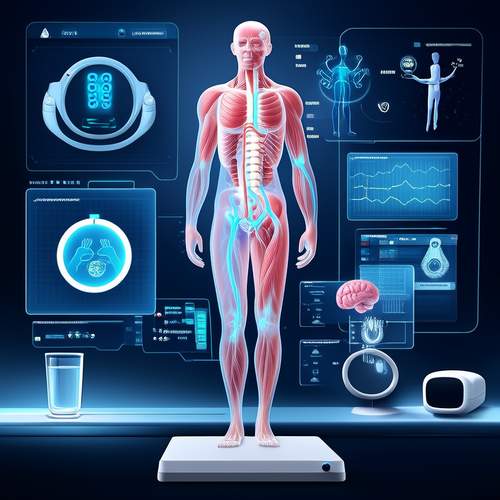
By /May 21, 2025

By /May 21, 2025

By /May 21, 2025

By /May 21, 2025

By /May 21, 2025
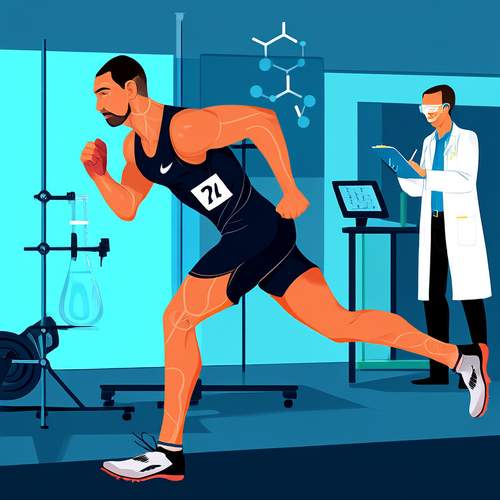
By /May 21, 2025
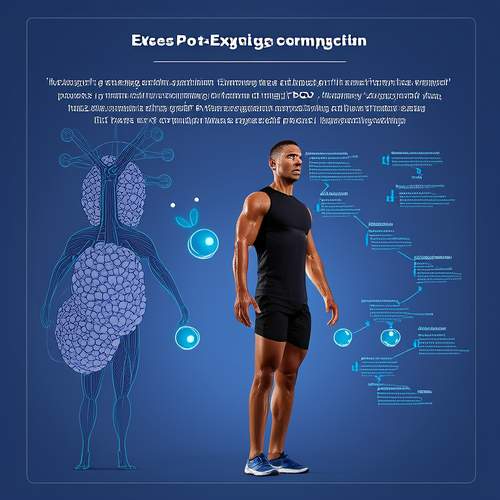
By /May 21, 2025

By /May 21, 2025

By /May 21, 2025
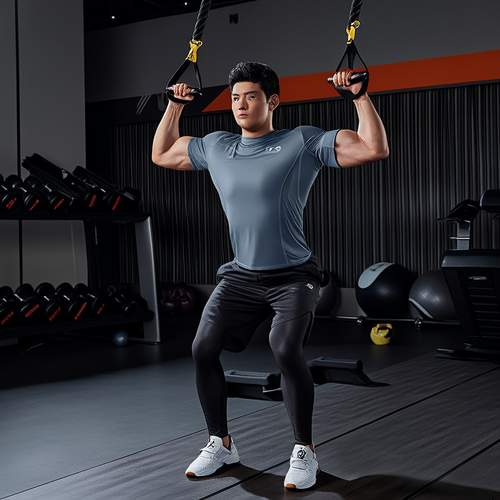
By /May 21, 2025
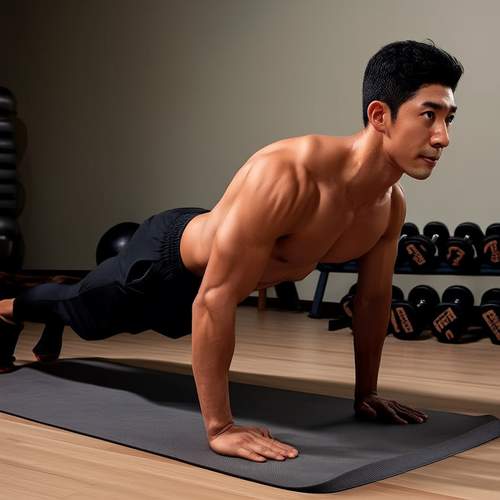
By /May 21, 2025

By /May 21, 2025
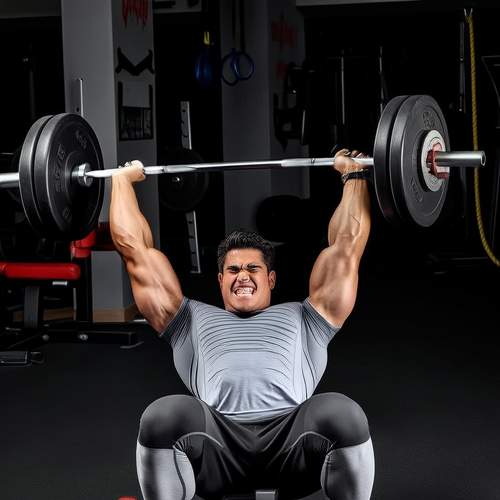
By /May 21, 2025
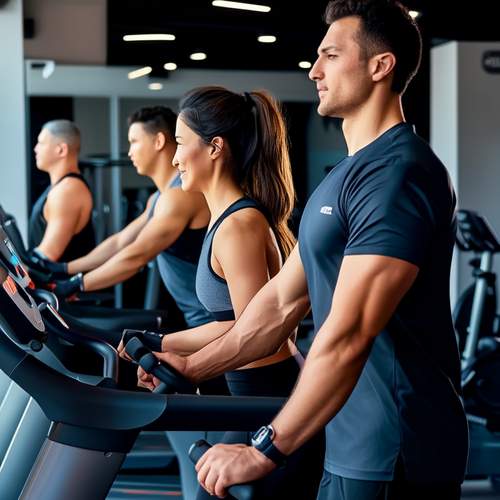
By /May 21, 2025

By /May 21, 2025

By /May 21, 2025